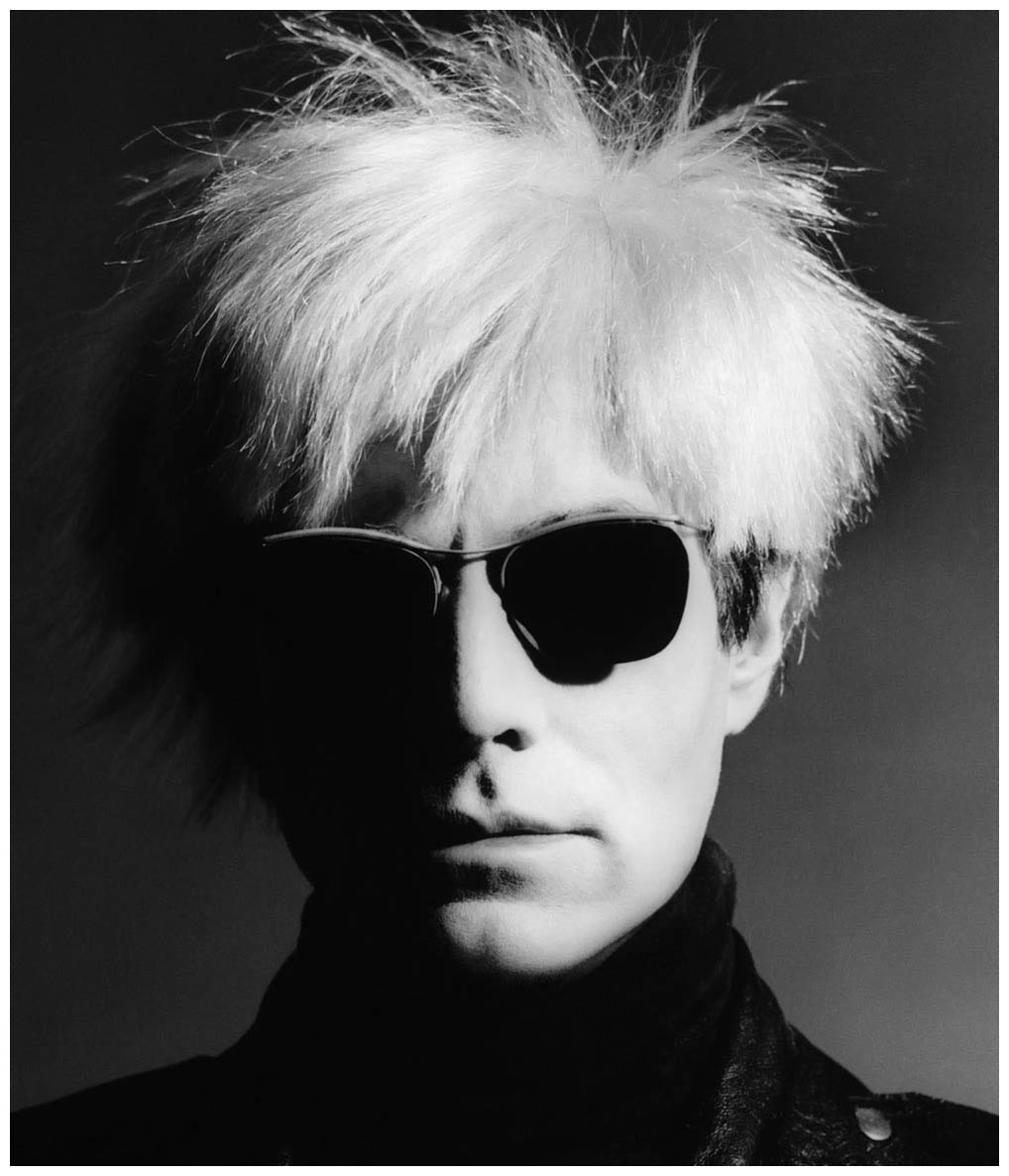 |
| Sandra Silberweig |
Sandra Silberzweig is a Canadian born artist who uses bold colors and lines to capture life around her. Students started this project by identifying all the lines they could see in Sandra Silberzweig above portrait. We found the following lines:
Horizontal
Vertical
Diagonal
Spiral
Zig-zag
Curved
Dotted
Bumpy... just to name a few!
We then set off to work by using those line and FILLING our paper. We mapped out a face starting with the nose, chin, neck, eyes, lips and then adding lots and lots of patterns in details.


Next, students used two layers of color to their faces. They began by using oil pastels to add texture and bold sections in their work. This was then followed with painting with tempera cakes. We focused on using lots of water to help s-t-r-e-t-c-h the color across the paper.


Absolutely stunning when you see all the faces together!




































